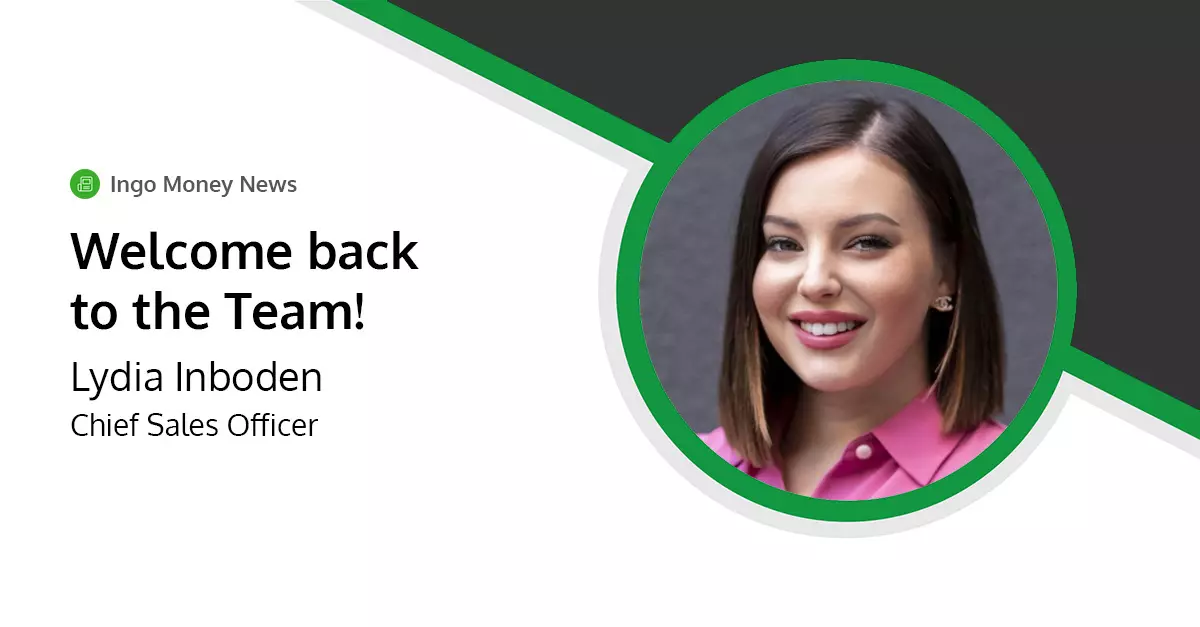
Turning Disbursements From Cost Center to Loyalty Driver
July 3, 2025 By Lydia Inboden
Over the last decade, I’ve watched expectations shift– now people expect money to move as fast as a text message.
The latest PYMNTS Intelligence report, “Digital Transformation and Instant Payments Fuel Business Disbursement Efficiency,” confirms what we see every day at Ingo Payments. Instant is no longer a feature. It’s the baseline. Thirty-eight percent of U.S. consumers now receive non-government disbursements instantly, up from just 4% in 2017. That’s a tenfold leap in less than a decade.
The study also shows that instant isn’t just a nice-to-have. It’s becoming non-negotiable. One in four consumers say they need a payout within 30 minutes, and more than half would actively choose an instant option if given the choice. Parents, Gen Z and millennials are driving that urgency, but the appetite spans every demographic.
Borrowing and income payouts top the charts: 45% of loan disbursements and 44% of wage payments now hit consumer accounts in real time. People want certainty, and they’re willing to pay for it. Twenty percent would shell out a “substantially higher” fee for instant access when the need is critical, and a full 64% of heavy instant users are open to premium pricing. That’s not gouging; it’s value — as long as the experience is seamless.
Where do customers want the money to land? Straight into the bank without any annoying layovers. Thirty-five percent favor direct-to-account pushes (often via Zelle or push-to-debit), while interest in wallet deposits is climbing fast, led by PayPal and CashApp. The destination may vary, but the expectation is the same: cash that’s good to spend the moment it shows up.
Moving money isn’t just about speed; it’s about freedom. When a gig worker can cash out earnings after every shift, she can buy groceries on the way home instead of waiting for Friday. When an insurer pays a claim in seconds, the customer can replace a windshield before the next rainstorm. That’s money mobility in action — and it builds loyalty you can’t buy with points alone.
At Ingo, we’ve spent two decades wiring together the rails, risk controls, and compliance guardrails required to make that mobility safe. Today our embedded platform lets banks, FinTechs and enterprises fund accounts, push payouts, issue cards and settle bills in real time without stitching together 10 vendors. If you can originate the transaction, we can make the money appear where your customer wants it.
Reading the Signals
Urgency is the new normal. Twenty-four percent of consumers define “urgent” as half an hour or less. That window will shrink. Institutions that cling to next-day ACH will lose relevance — and balances — to those that don’t.
Bigger tickets, bigger expectations. The larger the disbursement, the stronger the demand for instant. Consumers receiving more than $500 are 33% more likely to insist on real-time delivery. Payroll advances, tax refunds and loan proceeds all belong on instant rails.
Trust travels with the funds. Instant receivers report satisfaction levels nearly 20% higher than those stuck with slow payments. Happy customers transact more, stay longer and cost less to serve.
Willingness to pay is segmented. Gen Z consumers will pay a premium for speed; baby boomers won’t. A tiered fee model — percentage for micro-payouts, flat for large sums — keeps everyone in the game.
How Ingo Turns Findings Into Functionality
Destination flexibility. We can push funds to over 4.5 billion endpoints — debit cards, bank accounts, wallets, prepaid cards — so you never force a customer to compromise.
Risk ready. We embed recipient authentication and account verification to reduce fraud and support compliance—without slowing down speed to funds.Single stack simplicity. One API, one contract, one settlement file. Your treasury team sleeps better; your developers ship faster; your CFO likes the economics.
Monetization built in. Fee configurability lets you price by customer segment, transaction type, or urgency — capturing the premium the market already signals it will pay.
Where We Go From Here
The real-time revolution won’t slow down. The FedNow® service is live, RTP® volume is doubling and open-banking APIs are maturing. The competitive battleground will shift from whether you can send money instantly to how intelligently you route, price and personalize every disbursement.
My advice:
Map every outbound dollar — wages, refunds, rebates, claims, loans — and score each flow for customer impact and operational drag.
Prioritize high-impact, high-friction use cases for instant enablement. (Start with anything that triggers a call to your contact center when it’s late.)
Choose partners that treat speed, risk and user experience as a single problem, not three separate projects.
Money wants to move. Your customers expect it and technology finally makes it economical at scale. At Ingo, we’re ready to help you turn disbursements from a cost center into a strategic advantage.
Let’s make money mobile. Instantly.

